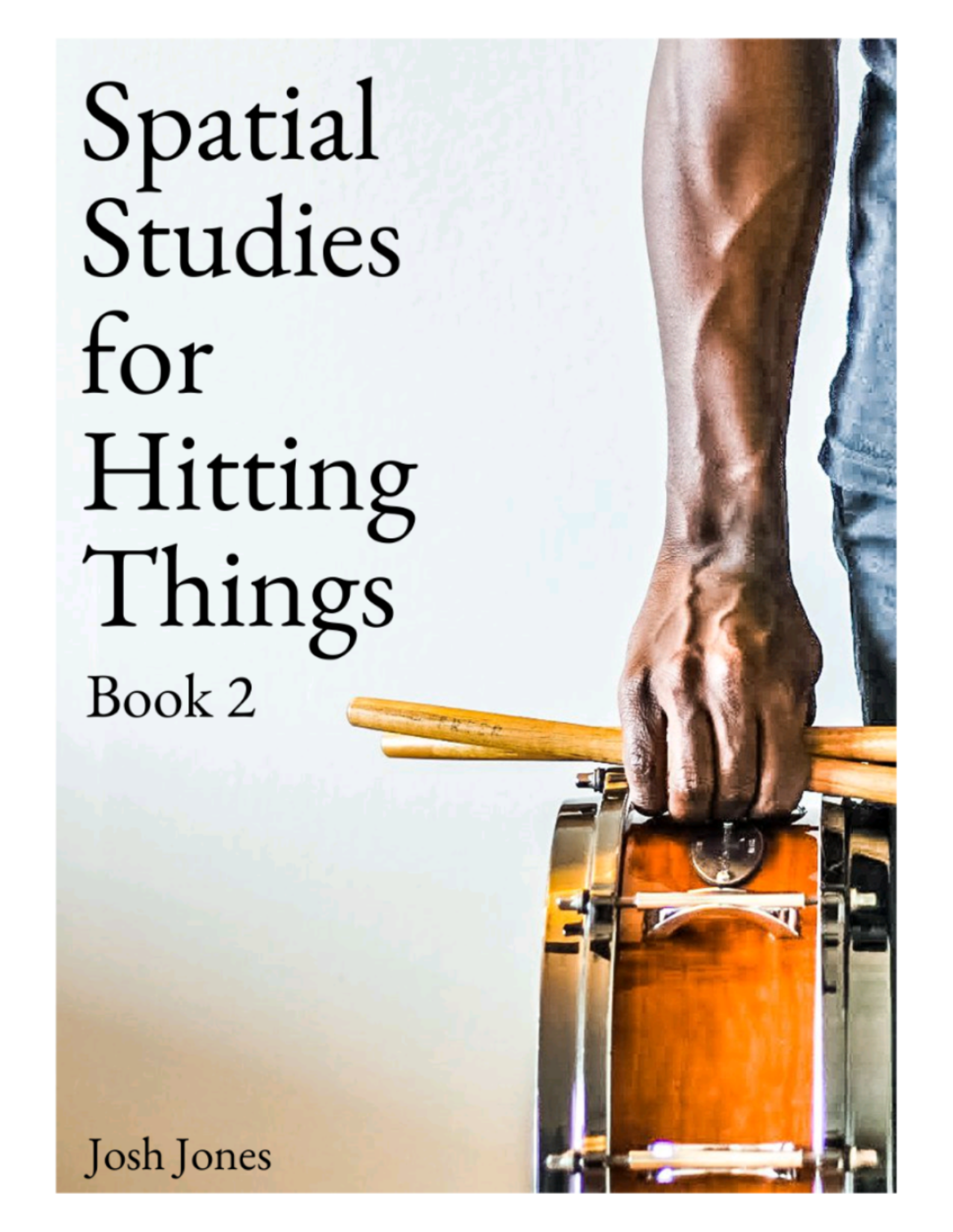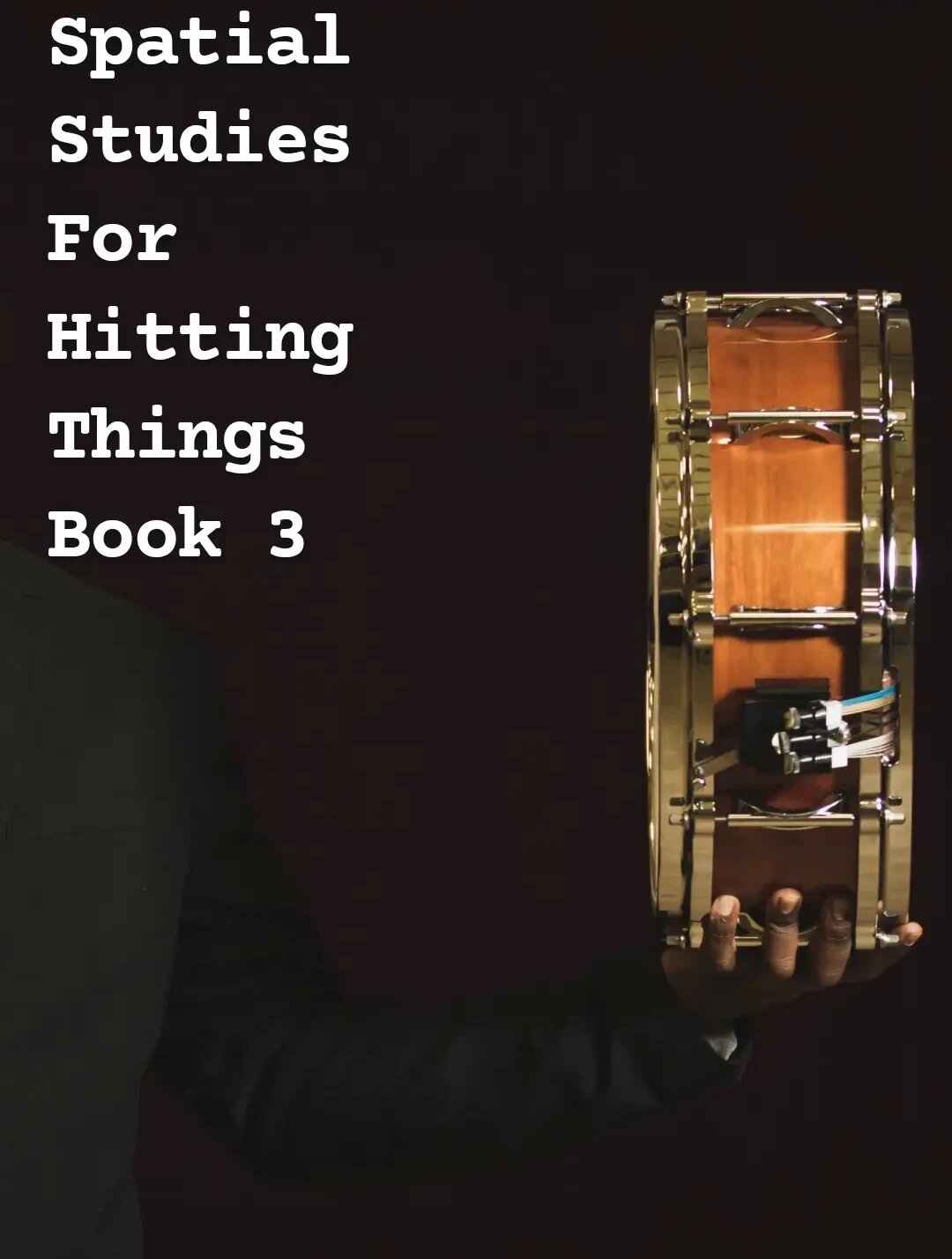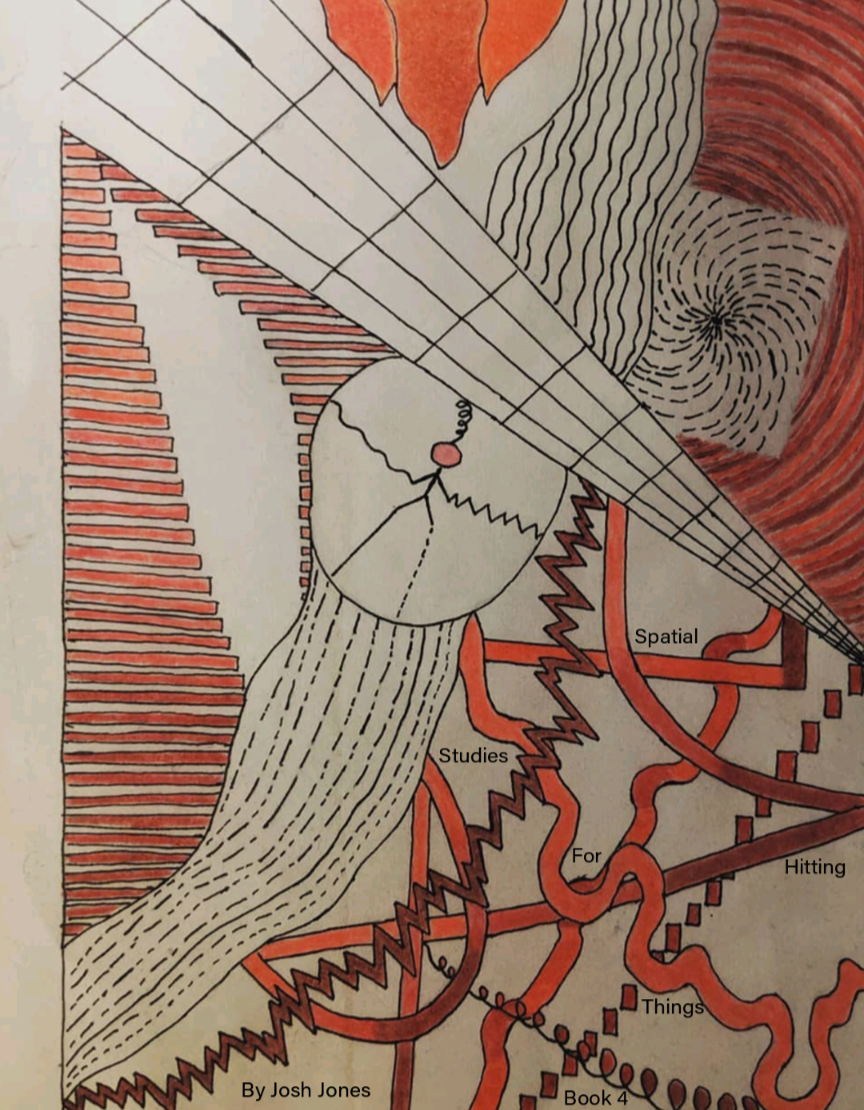Spatial Studies for Hitting Things
"Spatial Studies" is a book series on developing efficient, relaxed techniques for all percussion instruments, essentially turning them into second nature, or merely a reaction. My hope is that this series helps people gain more physical awareness in their playing, and find ease in technical execution and acquisition. Below is a short preview of the book. I hope you enjoy!
“It’s “Stick Control” meets “Wrist Twisters” but presented in Josh’s unique way”
“This book, like everything Josh touches, was created with immense passion, focus, thoroughness, and care. I would consider it a “high resonance” work and know without a doubt that it is going to benefit significantly any ardent practitioner ready to take more space.”
who is it for?
This series is for all levels and genres of players, as well as educators. I wanted these books to be accessible to beginners, as well as to challenge and intrigue more experienced players, from the first exercise to the last. The exercises and musical examples are organized by difficulty as well, so that the user can gauge their progress fairly easily. It also reads like a type of workbook that an educator can use, with text explaining the different sections of music in great detail, picture examples, and the first book has a recommended method of dissecting or assigning each musical section's exercise. I wanted everyone to be able to use this series, particularly these snare drum methods.
What's included in the series?
Three snare drum method books, covering basic technique, rebounds and roll, timing and rhythmic integrity, push pull and Moeller technique applications. The first book explains how I expanded my physical awareness, and will have the exercises I did to experiment and explore. The second is the roll book that also contains the extended techniques. After that hopefully comes the French-American etude book, the complimentary/accessory percussion method book, xylophone, timpani method book and one book on concert snare drum that I honestly don't know where to put in the series yet.
why is it called "spatial studies"?
In college I became very interested in exploring the physical and movement aspects of percussion playing. This was mainly because of three things: discovering and watching Jojo Mayer, taking lessons with Marc Damoulakis, and participating in a Feldenkrais class. However, I seemed to hit a "wall" around that time, and thought that I had gone as far as I could go technically. It wasn't until I sat in to play with a modern dance class that I heard the instructor, Lin Batsheva Khan, say, "Take Space." For some reason, this helped me think of movement in a more natural, organic way, instead of trying to achieve it through a rigid technical regimen like I was trying to do previously. Now I think of everything I do as a form of space and how I can utilize that space.



